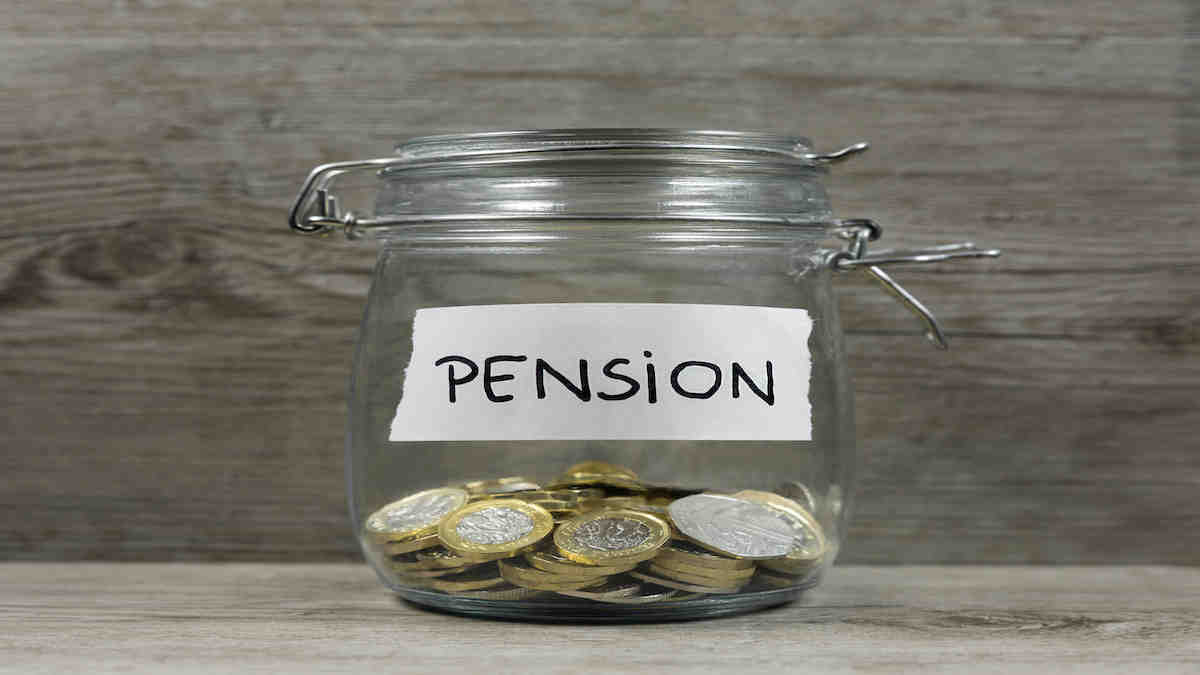More Aussies are managing their own super through a SMSF. Here’s a peek into what they’re investing in

More Australians are managing their own super through a SMSF. Picture: Getty Images
According to the latest data from the ABS, Australians are richer than ever, due mainly to the booming housing market and gains in financial assets.
In the March quarter, the wealth of Australian households rose by 4.3% to a record high of $12.6 trillion.
Although real estate was the main driver for the gain, wealth from superannuation and shares also contributed significantly.
As a result, the average wealth of an Australian increased by 4.1% (or $19,494) to $492,055 – which apparently is the highest in the world.
More Australians are also opting to manage their own superannuation portfolio through a trust vehicle called the Self-Managed Super Fund (SMSF), with SMSF funds now making up 25 per cent of the superannuation industry.
The ATO says there are around 600,000 SMSF trusts in Australia, which have increased by around 15% over the last five years.
Asset allocation
According to a report by the AFR, 27 of Australia’s biggest SMSFs hold more than $100 million each.
The average asset balance per SMSF account, however, is around $1.3 million.
In terms of asset allocation, statistics show the richer you are, the less likely you are to hold cash.
To illustrate this point, SMSFs with less than $50k of assets invest 50% of their total holdings in cash, but those who have more than $50 million only hold 13% in cash.
Share holdings account for around 23% of assets across all fund sizes, while real estate holdings (residential and non-residential) make up 15% of the portfolio in the richest bracket.
There are other interesting facts to comb through, for example the age range of people owning a SMSF account is concentrated in the 55-69 year-old bracket.
Top stock holdings
According to data from Nabtrade, SMSF investors switched aggressively from selling to buying shares in 2020, while at the same time increasing their cash balances.
The top 20 stocks comprise approximately half of all holdings, suggesting a fairly diverse average portfolio.
| Rank | Ticker | Stock | Sector |
|---|---|---|---|
| 1 | NAB | National Australia Bank | Financial |
| 2 | CBA | Commonwealth Bank | Financial |
| 3 | BHP | BHP | Energy |
| 4 | WBC | Westpac | Financial |
| 5 | ANZ | ANZ Bank | Financial |
| 6 | CSL | CSL | Health |
| 7 | TLS | Telstra | Telco |
| 8 | MQG | Macquarie Bank | Financial |
| 9 | WES | Wesfarmers | Retail |
| 10 | FMG | Fortescue | Mining |
| 11 | RIO | Rio Tinto | Energy |
| 12 | WOW | Woolworths | Retail |
| 13 | WPL | Woodside Petroleum | Energy |
| 14 | ETF | Vanguard Australian Shares ETF | Diversified |
| 15 | AFI | Australian Foundation Investment | Diversified |
| 16 | COL | Coles | Retail |
| 17 | TCL | Transurban Group | Infrastructure |
| 18 | STO | Santos Ltd | Energy |
| 19 | COH | Cochlear | Health |
| 20 | ARG | Argo Investments | Diversified |
source: Nabtrade
From the table, it’s clear to see there is a preference amongst SMSF investors for investing in companies they know.
The top 20 list is made of household names and blue chips, and is concentrated on companies that pay regular dividends.
Interestingly, BNPL stocks like market darling Afterpay (ASX:APT) and Zip Co (ASX:Z1P) didn’t make the top 20 list.
Running a SMSF account is not cheap however, and how much you should invest as a minimum to make the costs worthwhile has been a contentious issue, but most experts believe that $500k is a good starting point.
Ongoing costs to run an SMSF include a compulsory annual SMSF supervisory levy to the ATO, and an annual audit of all financial records.
Related Topics
UNLOCK INSIGHTS
Discover the untold stories of emerging ASX stocks.
Daily news and expert analysis, it's free to subscribe.
By proceeding, you confirm you understand that we handle personal information in accordance with our Privacy Policy.








